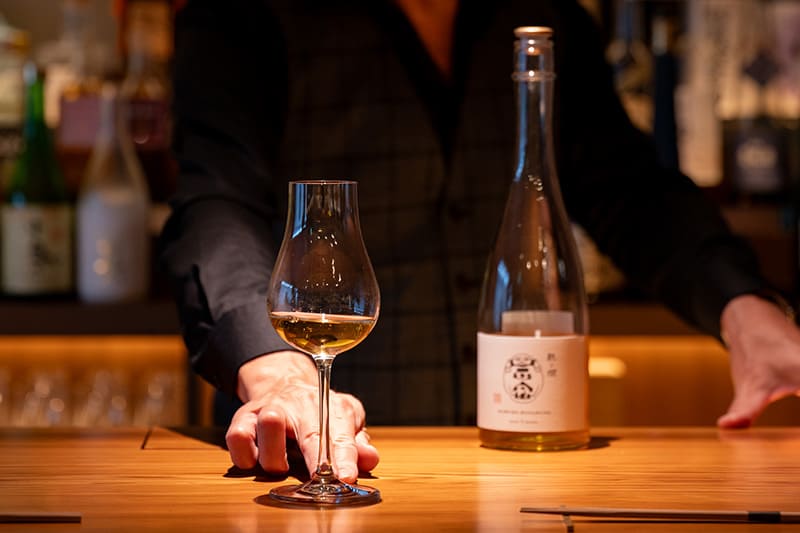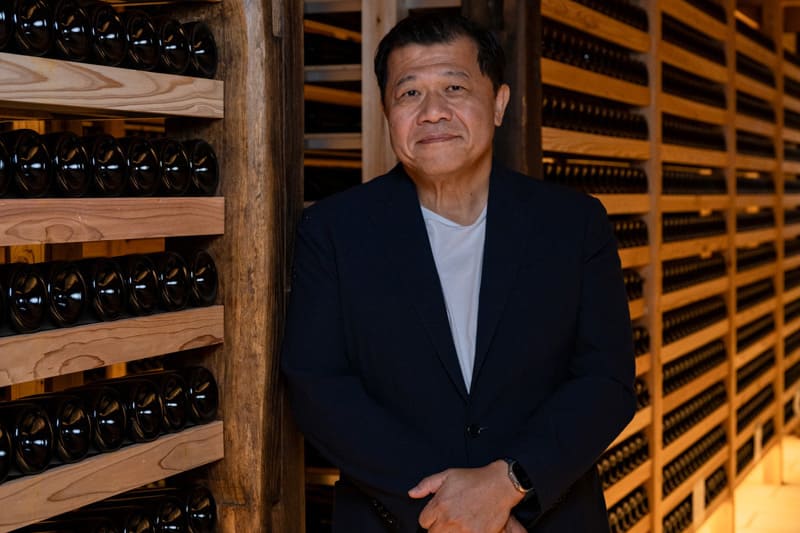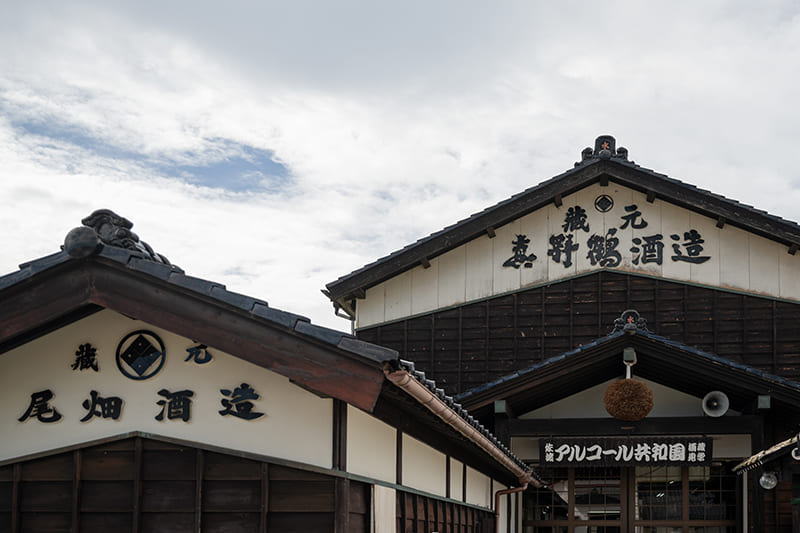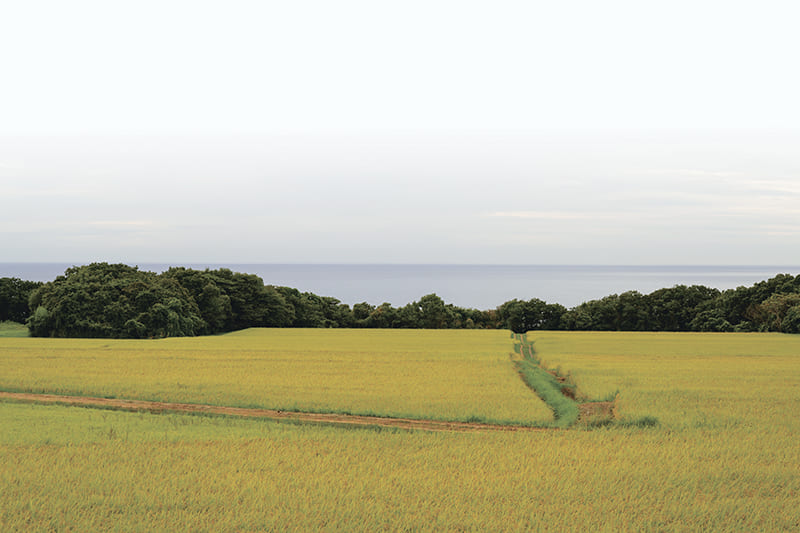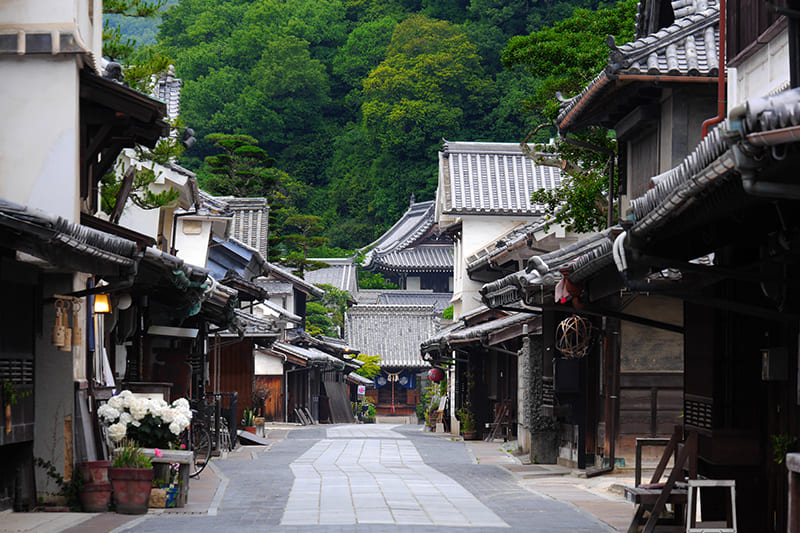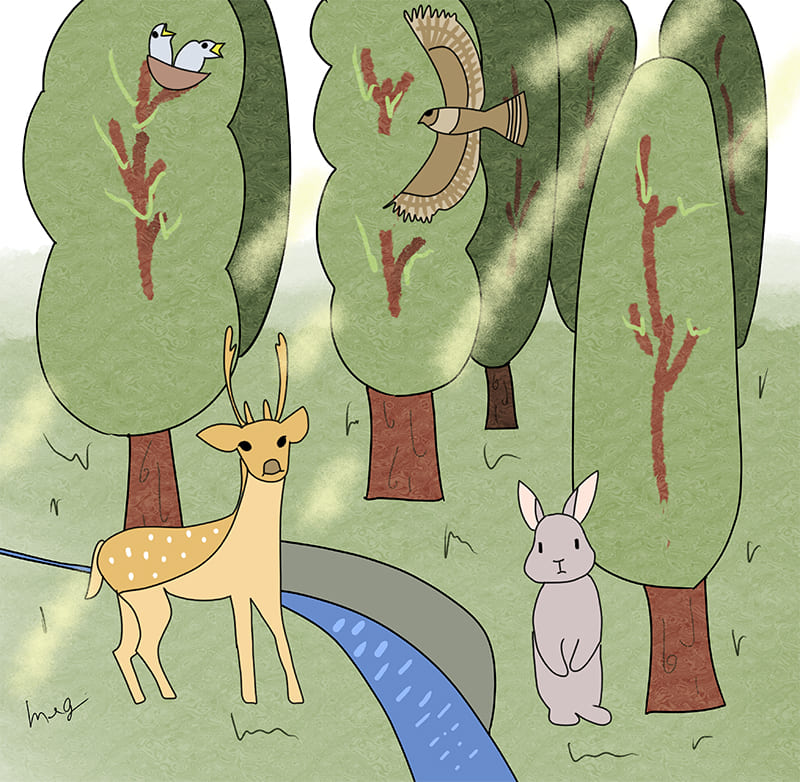October 25, 2024
Vol. 41: FROM THE EDITOR

Japan’s most recognizable alcoholic beverage, sake, is made from rice and water. The rice is grown in paddies that are an important feature of the nation’s beautiful countryside, attracting birds and other creatures, and sustaining the rich natural environment. Clean and delicious water is also essential, and so its proper management is necessary to secure the future of sake brewing. In this way, sake depends on both the blessings of nature and their sustainable utilization.
According to statistics that the Ministry of Agriculture, Forestry and Fisheries released this year, domestic shipments of sake peaked in 1973 at over 1.7 million liters. Fifty years later, in 2023, they were less than a quarter of that amount, at just 390,000 liters. In line with this decline in domestic consumption, the number of breweries has also declined. There were more than 4,000 in 1955, according to the National Tax Administration Agency, but there are now fewer than half that number — just 1,500.
In such difficult circumstances, what new initiatives are the remaining sake breweries taking to ensure their survival? In this special issue, we explore some innovative new trends.
Return to Sustainable Japan Magazine Vol. 41 article list page

